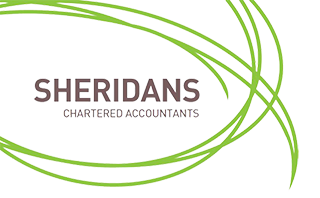In vogue
The relatively new corporate insolvency option of Small Business Restructuring (SBR) was hastily introduced in 2021 (a Government Covid-19 response) to assist small businesses in financial difficulty.
The novel feature of an SBR is that it allows a small business to propose a Plan to its creditors to restructure its debts while the directors remain in control of the business.
The other key benefits of SBRs are:
- An independent assessment of whether the business can be rescued.
- Cheaper than voluntary administration.
- Avoids liquidation.
- Produces a better payment arrangement with the ATO.
Empirical evidence to date shows that the ATO is the predominant creditor in most SBRs, and that if the Plan is appropriately structured and the relevant supporting information provided, the ATO is largely open to and supportive of the SBR process.
To be eligible for an SBR, the company must:
- Be insolvent or about to become insolvent.
- Have total liabilities/creditors that do not exceed $1 million (including contingent liabilities but excluding employee entitlements).
- Not, nor any of its directors, have been through an SBR in the last 7 years.
In addition, to be eligible to propose a restructuring Plan (up to 20 days into the process), the company must also:
- Be up to date with all tax lodgements.
- Have paid all due and payable employee entitlements (including superannuation).
The quick and relatively cheap SBR option involves the appointment of an SBR practitioner by directors’ resolution. The directors work with the SBR practitioner (an expert in the field of insolvency, liquidations and restructuring) to effectively negotiate payment of historical debts with the company’s creditors to increase the chances of the business’ survival and to restore stability.
November 2024

